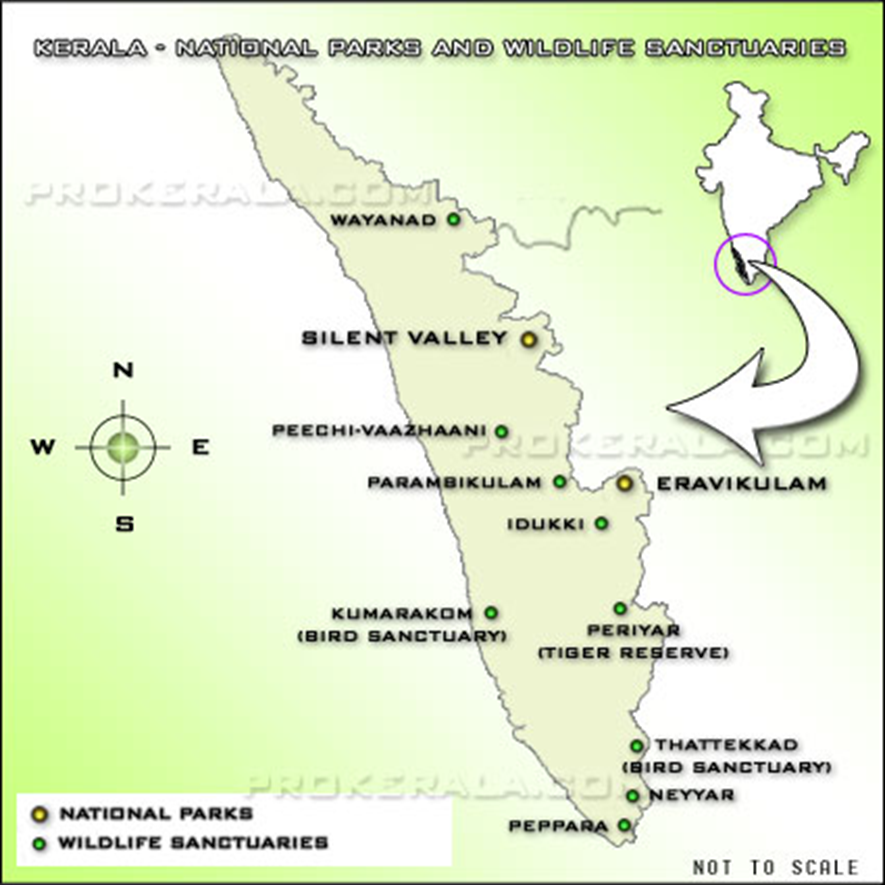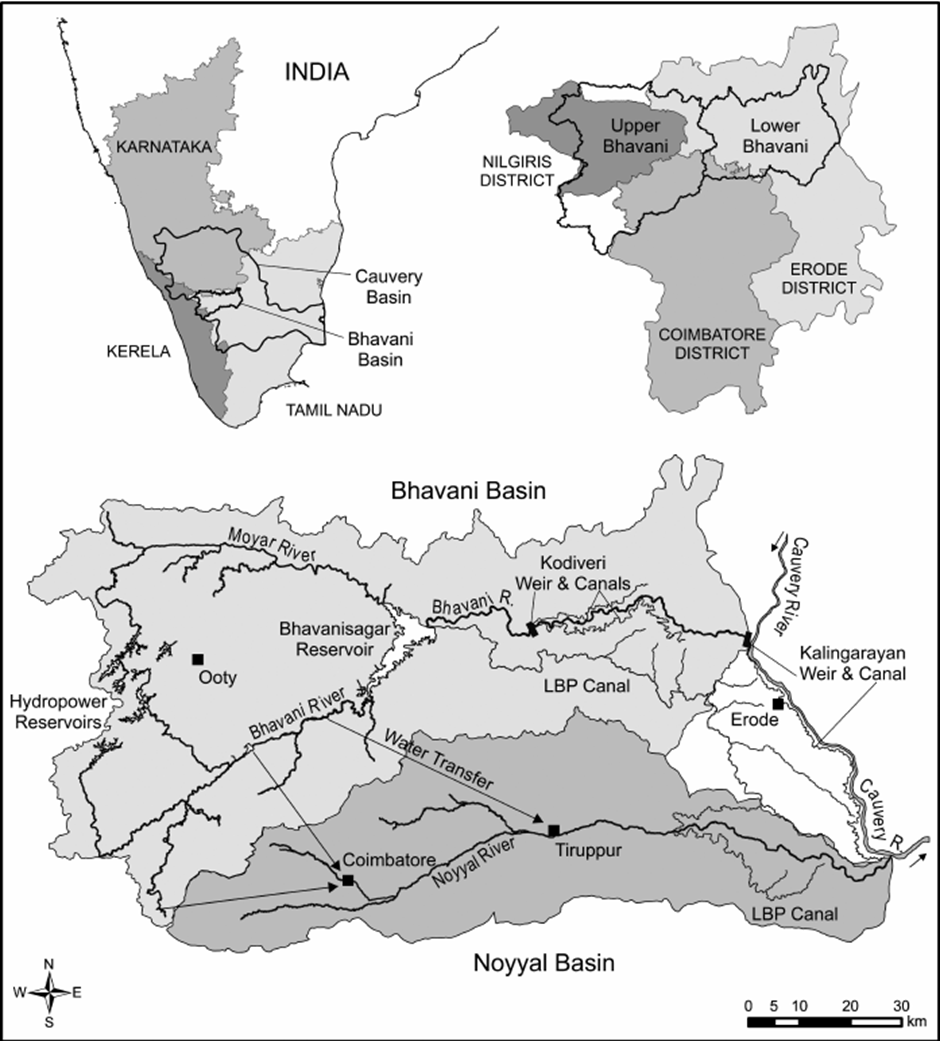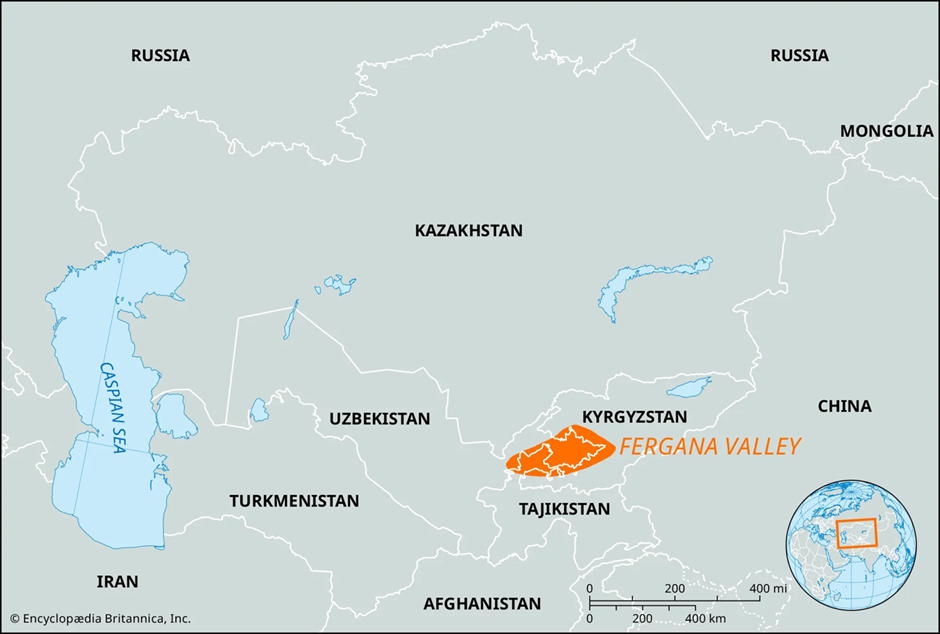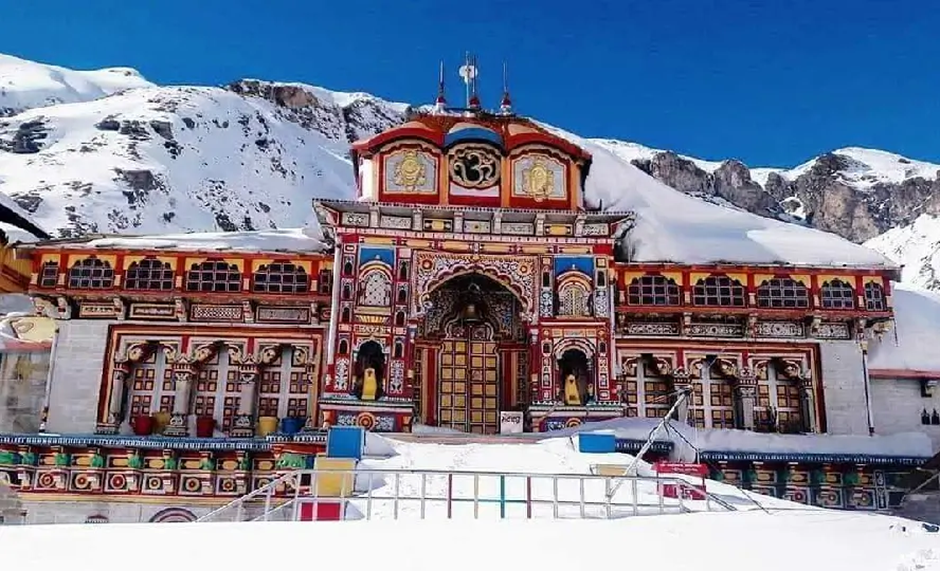- Courses
- GS Full Course 1 Year
- GS Full Course 2 Year
- GS Full Course 3 Year
- GS Full Course Till Selection
- Online Program
- GS Recorded Course
- NCERT (Recorded 500+ Hours)
- Polity Recorded Course
- Geography Recorded Course
- Economy Recorded Course
- AMAC Recorded Course
- Modern India, Post Independence & World History
- Environment Recoded Course
- Governance Recoded Course
- Science & Tech. Recoded Course
- International Relations and Internal Security Recorded Course
- Disaster Management Module Course
- Ethics Recoded Course
- Essay Recoded Course
- Current Affairs Recoded Course
- CSAT
- 5 LAYERED ARJUNA Mentorship
- Public Administration Optional
- ABOUT US
- OUR TOPPERS
- TEST SERIES
- FREE STUDY MATERIAL
- VIDEOS
- CONTACT US
PLACES IN NEWS 1st MARCH 2025
PLACES IN NEWS 1st MARCH 2025
01-03-2025

Idukki Wildlife Sanctuary
Why in news?
- A recent three-day off-season faunal survey in Idukki Wildlife Sanctuary recorded 14 new bird species, 15 butterflies, and 8 odonates.
About Idukki Wildlife Sanctuary:

- Location:
- Idukki Wildlife Sanctuary, established in 1976, is located in the Thodupuzha and Udumbanchola taluks of Idukki District, Kerala.
- It spans 77 sq. km. and encompasses the dense forests surrounding the Idukki Arch Dam.
- The sanctuary features a rugged landscape with steep mountains, valleys, and hills. Its altitude ranges from 450 m to 1272 m, with Vanjur Medu (1272 m) as the highest peak.
- The Periyar and Cheruthoniar rivers flow through the area, while the Idukki reservoir covers 33 sq. km. of waterbody.
- Flora and Fauna:
- The sanctuary hosts West Coast Tropical Evergreen, Semi-Evergreen, moist deciduous forests, Hill Shoals, and Grasslands.
- Its rich flora includes teak, rosewood, jackfruit, ebony, cinnamon, and bamboo.
- The diverse fauna include elephants, bison, sambar deer, wild dogs, jungle cats, tigers, and wild boars.
- Reptiles like cobras, vipers, and kraits are common. The area is also home to the endangered Nilgiri Tahr, along with birds such as jungle fowl, myna, laughing thrush, black bulbul, peafowl, and woodpecker.
Bhavani River
Why in news?
- The Bhavani River turning black has triggered a water crisis in Jadayampalayam and Bellepalayam panchayats near Mettupalayam, affecting local communities dependent on it for drinking water and agriculture.
About Bhavani River:

- Origin and Course
- The Bhavani River originates from the upper regions of the Nilgiris in the Western Ghats.
- It is a major tributary of the Cauvery River and the second-largest river in Tamil Nadu.
- The river flows across three districts—Nilgiris, Coimbatore, and Erode—before merging with the Cauvery at Bhavani town after covering a distance of 185 km.
- The river plays a crucial role in agriculture, with nearly 90% of its water utilised for irrigation.
- The river's drainage basin spans 6,200 square kilometres, with 87% in Tamil Nadu, 9% in Kerala, and 4% in Karnataka.
- It passes through the Silent Valley National Park in Kerala, supporting rich biodiversity. Major tributaries include the West and East Varagar, both originating from the Nilgiris.
- The Bhavanisagar Dam, one of the world’s largest earthen dams, is built on this river, serving as a key water source for irrigation and drinking water supply.
- The Bhavani Sangameshwarar Temple, located at the confluence of the Bhavani and Cauvery Rivers, is a prominent pilgrimage site, attracting devotees from across the region.
- Reasons for Change in River Colour
- Recently, the Bhavani River has turned black, leading to a water crisis in Jadayampalayam and Bellepalayam panchayats near Mettupalayam.
- The discolouration is attributed to industrial effluents, domestic sewage, and waste discharge from dyeing and textile industries in the region.
- Agricultural runoff containing chemical fertilisers and pesticides has further degraded the water quality. This pollution has impacted drinking water supply, aquatic life, and agriculture, posing a severe environmental challenge.
- Efforts to monitor and regulate industrial discharge, promote sustainable agricultural practices, and improve wastewater treatment are essential to restore the river's ecological balance and ensure the sustainability of its water resources.
Fergana Valley
Why in news?
- Kyrgyzstan and Tajikistan have resolved their decades-long border dispute through a land swap deal, easing tensions in the Fergana Valley, a historically contested region.
About Fergana Valley:

- Location and Strategic Importance:
- The Fergana Valley is a fertile, densely populated region in Central Asia, spanning parts of Kyrgyzstan, Tajikistan, and Uzbekistan.
- Surrounded by the Tian Shan and Pamir mountain ranges, the valley is watered by the Syr Darya River and serves as an agricultural and economic hub.
- Historically, the valley has been a major trade route along the Silk Road, making it a strategically significant area for regional connectivity.
- Post-Soviet Central Asia has seen ethnic, political, and resource-based tensions in the valley, as the region is rich in water resources, arable land, and energy infrastructure.
- The control of irrigation networks, roads, and power generation facilities has remained a contentious issue among the three countries.
- Reasons Behind the Dispute
- The border disputes in the Fergana Valley originated from Soviet-era demarcations in the 1920s. The Soviet Union drew arbitrary borders without considering local ethnic settlements, migration patterns, or shared resources, leading to a complex web of enclaves and exclaves.
- This became a serious issue following the dissolution of the USSR in 1991, as newly independent Kyrgyzstan, Tajikistan, and Uzbekistan sought to define their national territories.
- The primary sources of conflict include:
- Undefined Borders: Nearly 600 miles of the Kyrgyzstan-Tajikistan border remained unmarked, leading to frequent territorial disputes.
- Water and Energy Resources: The control and distribution of water from shared rivers and irrigation canals have been a recurring issue, especially as climate change exacerbates water scarcity in the region.
- Ethnic and Settlement Clashes: The intermixed ethnic communities of Kyrgyz, Tajiks, and Uzbeks have historically faced tensions over land, employment, and political representation.
- Recent Updates and Resolution Efforts
- Tensions in the Fergana Valley have led to violent clashes, notably in April 2021 and September 2022, when Kyrgyzstan and Tajikistan engaged in armed conflicts over border control.
- The violence led to evacuations, war crimes accusations, and an arms buildup, with Kyrgyzstan acquiring drones from Türkiye and Tajikistan partnering with Iran for drone production.
- However, 2023 marked a shift towards diplomacy, with both countries surveying disputed borders, easing trade barriers, and addressing smuggling concerns.
- By December 4, 2024, Kyrgyzstan and Tajikistan announced a tentative agreement, finalised in Bishkek on February 21, 2025. The deal includes:
- Border demarcation and land swaps.
- Improved road connectivity and border management.
- Joint management of power generation and water resources.
- Following this agreement, leaders of Kyrgyzstan, Tajikistan, and Uzbekistan are set to meet in March 2025 for the first trilateral summit aimed at enhancing regional.
cooperation.
Badrinath
Why in news?
- An avalanche struck near Badrinath, Uttarakhand, trapping 22 workers under snow. Rescue operations are underway as authorities struggle against harsh weather conditions to locate and safely evacuate those affected.
About Badrinath:

-
- Location:
- Location:
- Badrinath, a sacred town in Uttarakhand, is situated in the Chamoli district along the banks of the Alaknanda River.
- Nestled in the Garhwal Himalayas at an altitude of 3,300 meters, Badrinath lies between the Nar and Narayan mountain ranges, offering a breath-taking yet fragile landscape.
- Cultural and Religious Significance:
- Cultural and Religious Significance:
- Badrinath is one of the most revered Hindu pilgrimage sites, forming part of the Char Dham Yatra and the Chota Char Dham circuit.
- The Badrinath Temple, dedicated to Lord Vishnu, is believed to have been established by Adi Shankaracharya in the 8th century.
- Nearby religious sites include Tapt Kund (a hot water spring), Neelkanth Peak, and Mana Village, the last Indian village near the Tibet border.
- Reason behind recent avalanche:
- Reason behind recent avalanche:
- An avalanche is a sudden, rapid flow of snow, ice, and debris down a mountain slope, often triggered by weather changes, seismic activity, or human disturbances.
- Avalanches are common in Himalayan regions due to steep terrain, heavy snowfall, and glacial movements.
- The recent avalanche in Badrinath was triggered by a glacier blast, according to reports.
- Such blasts occur when trapped meltwater within a glacier suddenly bursts, causing large-scale ice and snow collapse.
- This event left several workers trapped under the snow, prompting extensive rescue operations in challenging weather conditions.



